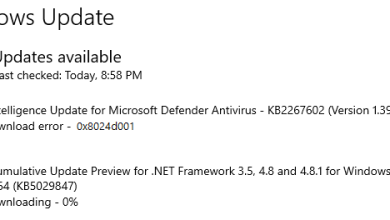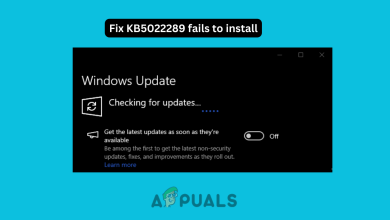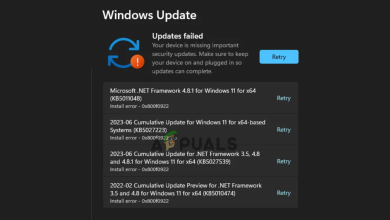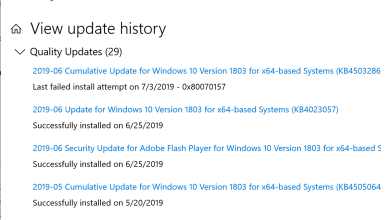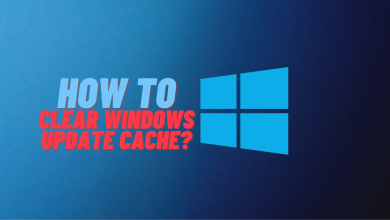(Solved) Windows Update Error 0x8000FFFF on Windows
Windows Update error 0x8000FFFF is usually caused by corrupted system files and Windows update files located in the software distribution folder. When you download a Windows update, the software distribution folder stores the files in the folder so that Windows can utilize them to install updates. Hence, it is possible that the Windows update files get corrupted during the downloading process, which results in the 0x8000FFFF error.
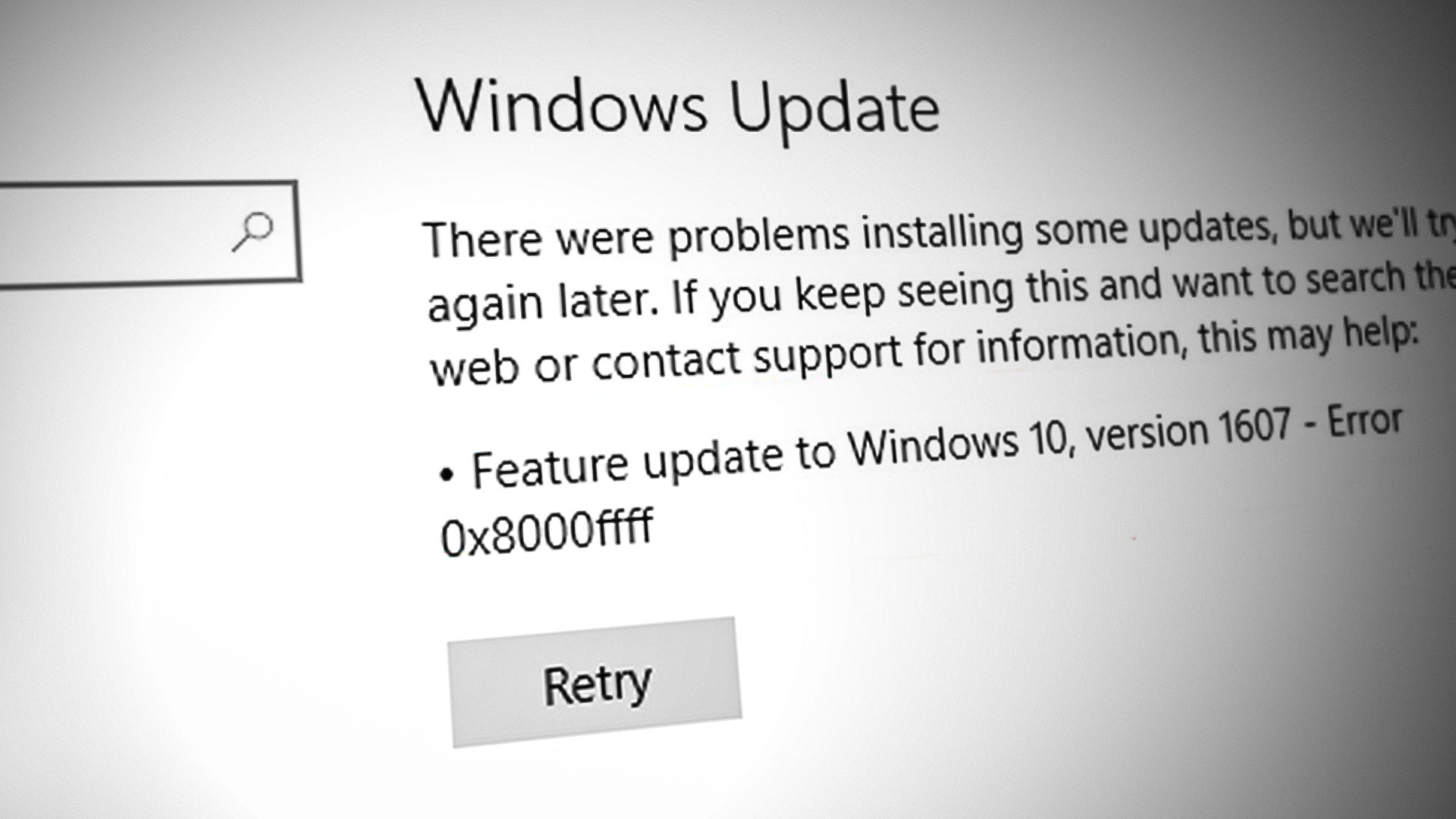
1. Reset Windows Update Component
Since most of the Windows update error occurs due to corrupted Windows update files, stopped Windows update services, and incorrect registry entries, we will start with resetting the Windows update component.
You will have to download the batch file, which contains all the commands to restart necessary Windows update services, rename the folders that store Windows update files, and configure registry entries. After running the batch file, you will have to run the Windows update utility to download the Windows update files into the software distribution folder.
- Download the Windows Update Reset bat file from here.
- Once done, right-click on it and select Run as administrator.
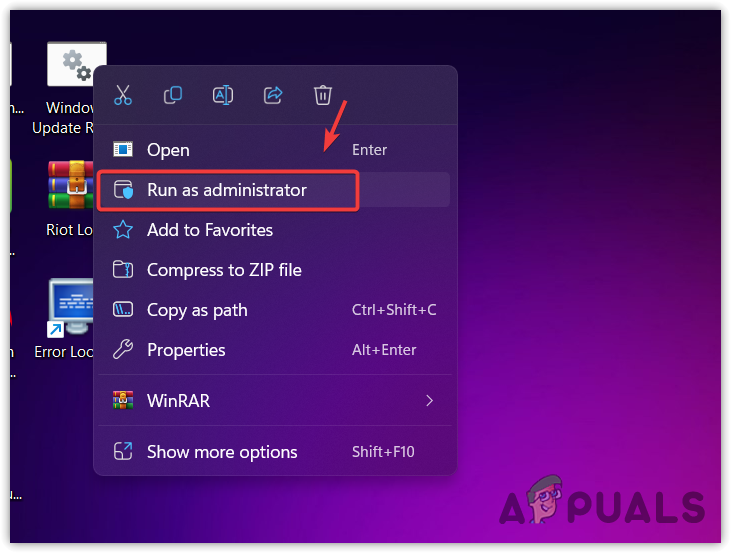
Running Windows Update Reset Component batch file with administrator privileges - Wait for the commands to execute, then press the Windows key, and type Check for updates.
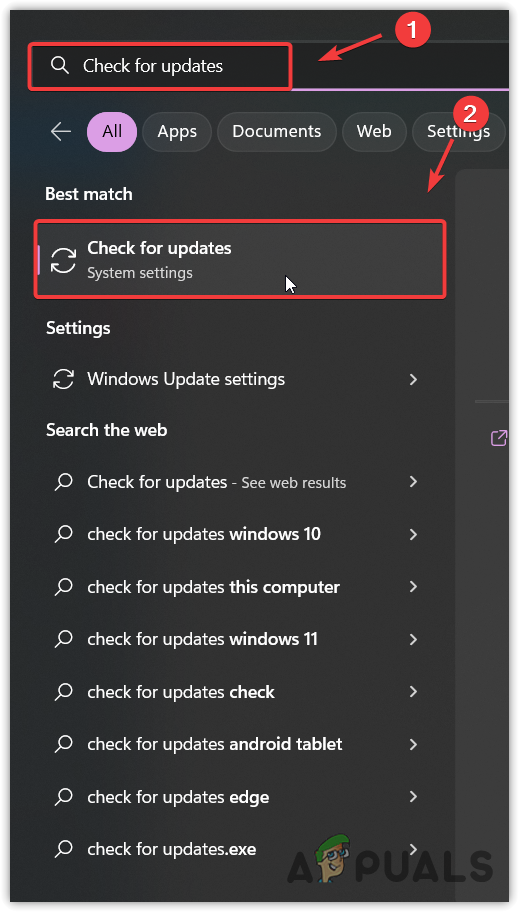
Opening Windows Update settings from Start Menu - Open the Windows update settings, and click Check for updates.
- Once the updates are found, click Download & Install.

Downloading and Installing Windows Updates - Once done, restart your computer to install Windows updates.
2. Run the Windows Update Troubleshooter
In Windows, you will find troubleshooters for every component, such as Windows Update, Windows Store, Network adapters, and among others. Windows update troubleshooter allows you to fix problems regarding Windows update components automatically.
To run the Windows update troubleshooter:
- Right-click the Start Menu and select Settings.
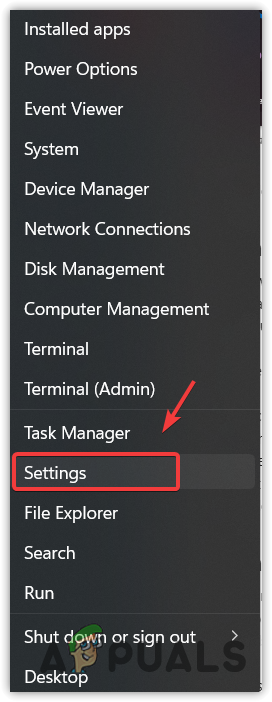
Navigating to Windows Settings - Once the settings is opened, navigate to Troubleshoot > Other troubleshooters.
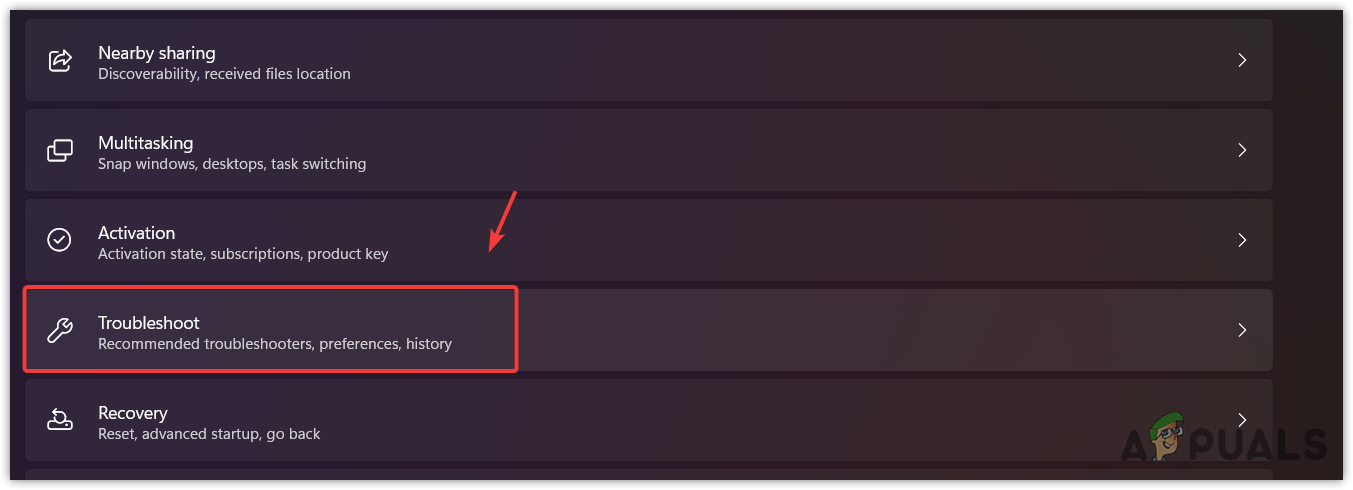
Navigating to Troubleshoot settings - Run the Windows update troubleshooter and wait for it to detect the problems.
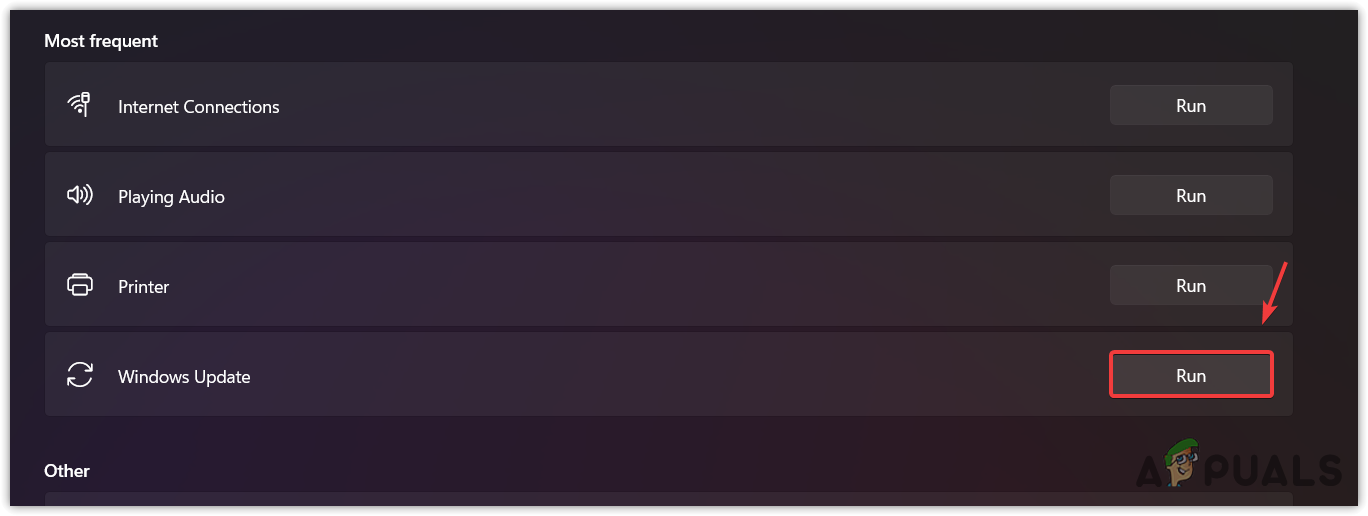
Running Windows Update Troubleshooter - Once it detects, it will show you an option to fix the problem; just click Yes.
- Once done, close the troubleshooter and try updating your Windows.
3. Run SFC and DISM Commands
If the error is still not fixed, it must be due to Windows system files because we have tried resetting the Windows update component, which has not worked for. To restore the Windows system files, we will use SFC and DISM commands.
SFC or System File Checker is a command line utility that is used to restore the corrupted system files from the cache folder located in %WinDir%\System32\dllcache. Meanwhile, the DISM or Deployment Image Servicing and Management contains the list of commands that are used to repair Windows images along with other various things. To run these commands, follow the steps:
- Press the Windows key and search for Command Prompt.
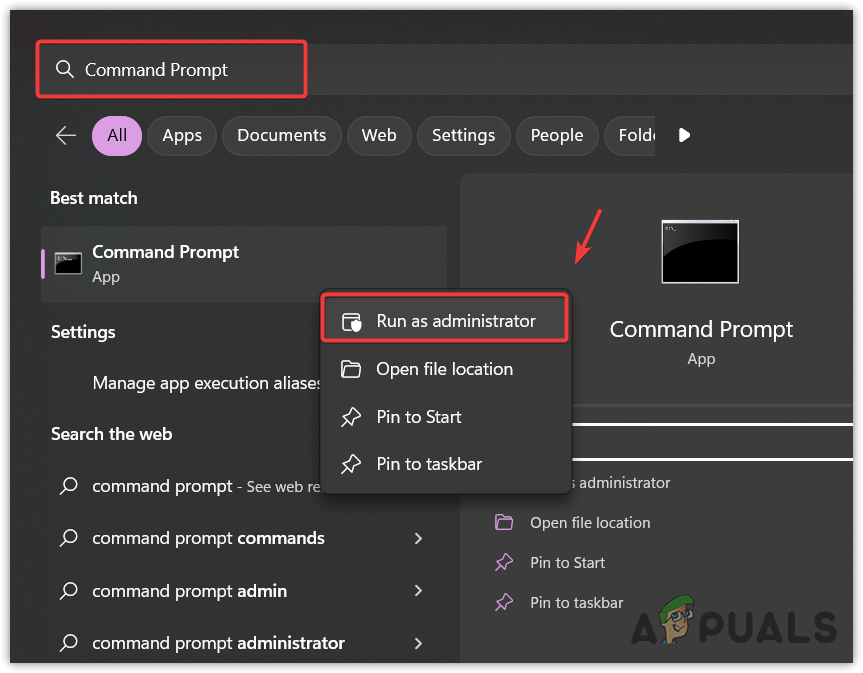
Launching Command Prompt as an administrator - Right-click the Command Prompt and select Run as administrator.
- Once it is opened, type the following commands to restore or repair Windows system files.
sfc /scannow DISM /Online /Cleanup-Image /RestoreHealth
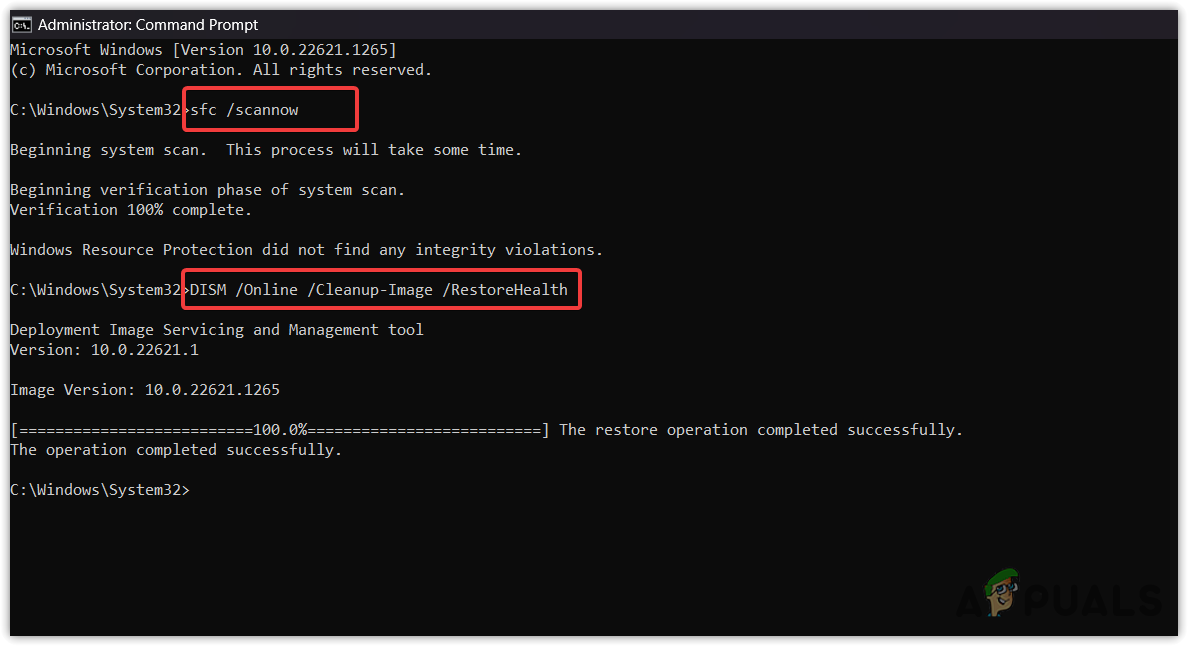
Running DISM and SFC Commands - Wait for the verification process to be finished.
- Once done, try updating your Windows to see if the error persists or not.
4. Enable Windows update services to start automatically
Windows detects, installs, and downloads its updates using Windows update services. Hence, If they are set to disable, you won’t be able to update your Windows. Therefore, it is important to enable your Windows update services to start automatically.
- To do this, press the Windows key, and type the Command Prompt.
- Right-click the command prompt and select Run as administrator to open it.

Opening Command Prompt with administrator permissions - Once done, enter the following commands one by one and hit Enter.
SC config cryptsvc start= auto SC config trustedinstaller start= auto SC config wuauserv start= auto

Configuring Windows Update services to start automatically - After that, try updating your Windows to its latest version.
5. Download Windows Update from Catalog
If the error persists, you should try to download the Windows update from the catalog. It is a Microsoft website that contains all the Windows updates released so far.
To download the Windows update manually, follow the steps:
- Visit Microsoft Catalog on your browser.
- Search for the update in which you are getting this error.
- Click the Download button but make sure to download the update according to your Windows architecture.
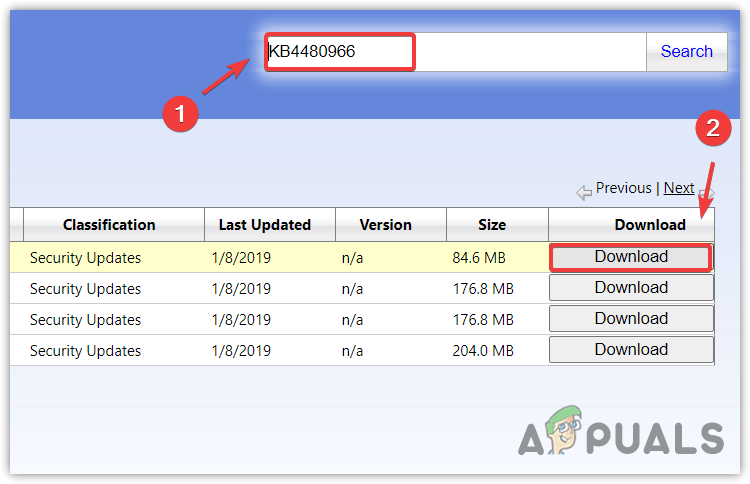
Downloading Windows update - Once done, double-click on it to install the update.
6. Hide Windows Update
In some cases, updating Windows is not necessary. You can skip the update because it can be a faulty update. To hide the update, download Microsoft Show or Hide Updates Troubleshooter, which is used to ignore faulty updates that are causing issues with the system. To do so, follow the steps:
- Download Microsoft Show or Hide Updates Troubleshooter.
- Once done, open it by double-clicking on it.
- Click Next and wait for it to find updates.

Starting Show or hide updates troubleshooter - Now select the update and click Next to hide it.
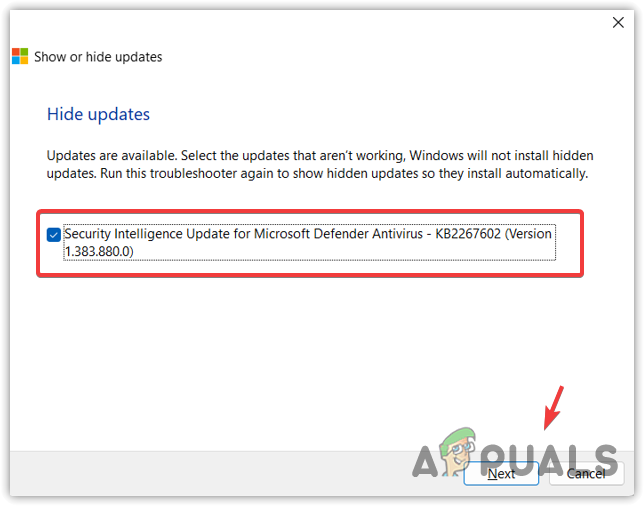
Hiding Windows Update
7. Restore Windows to the Previous State, then try updating Windows
If updating Windows is necessary for you, you can try restoring your Windows to a previous version, then try updating your Windows. This will restore your system files, drivers, and registry files to the state when you have created a restore point.
Hence, if there is a problem with your system files causing a Windows update error, restoring Windows to a previous state will fix it. This can be done by the System Restore utility, which takes a snapshot of system files along with drivers and registry files and saves it into a restore point, so the user can restore it if something bad happens. However, the restore point should be created when you were not facing any errors on your Windows.
To use a System Restore utility:
- Press the Windows key and type rstrui in the search box.
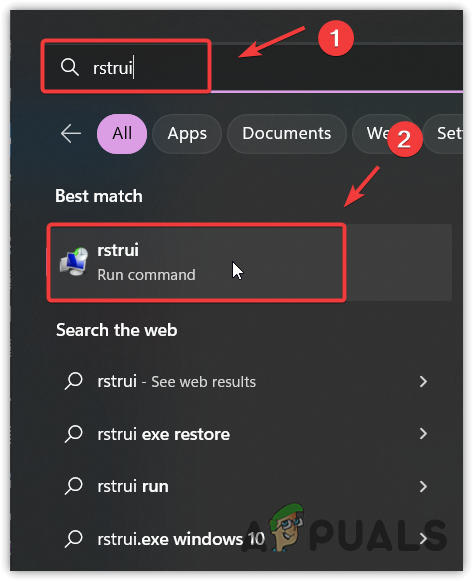
Running a Restore Command from Start Menu - Open the first command, which belongs to the system restore.
- Click Next to begin. Then, select a restore point and click Next.
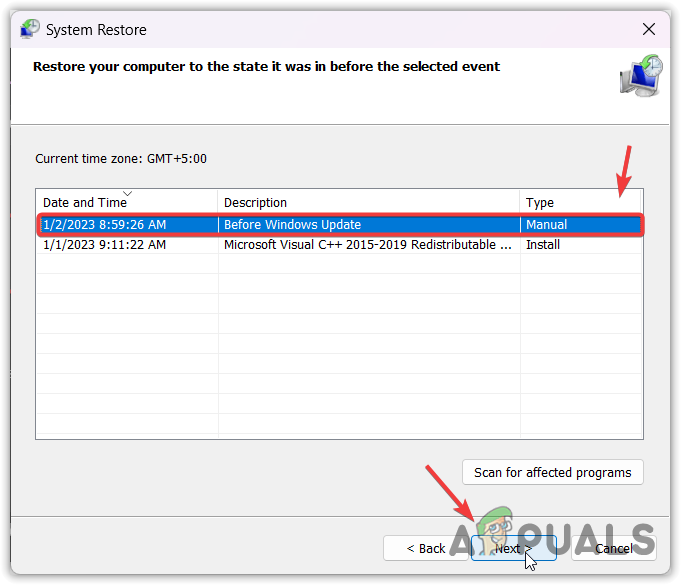
Choosing a restore point - Click Finish to start the restore process.
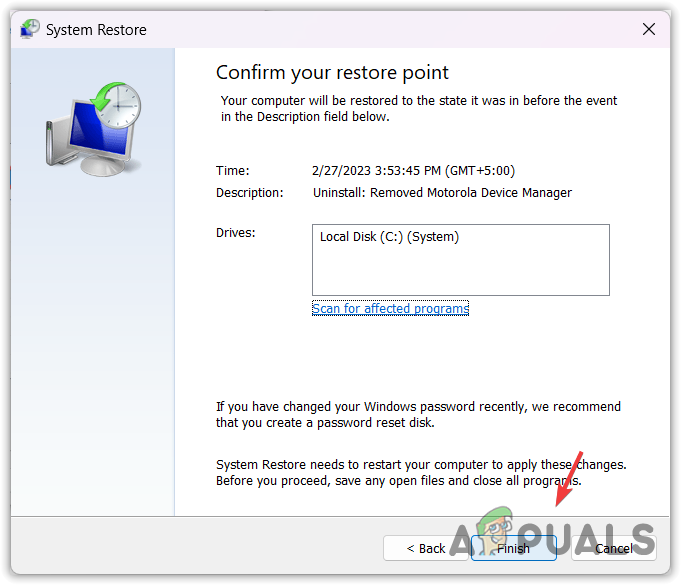
Restoring Windows to a previous state - Once done, open Windows Update settings and try updating your Windows.
You can also reset your Windows, but we don’t recommend it because it is possible that you are trying to install a faulty update. If that’s the case, then there is nothing you can do as the update is delivered from the Microsoft server, but you can except hide the update and wait for the next one.
Windows Update Error 0x8000FFFF?- FAQs
You can easily fix this issue by just running a batch file that includes all the commands to reset Windows update components. Once you reset the Windows update component, you will be able to download and install the update without any error
Error code 0x8000FFFF means there is some problem with your Windows update component, preventing Windows from installing the update. To fix this, just reset your Windows update component.
